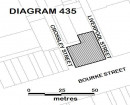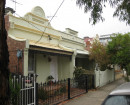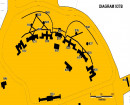GENAZZANO FCJ COLLEGE
285-315 COTHAM ROAD KEW, BOROONDARA CITY
-
Add to tour
You must log in to do that.
-
Share
-
Shortlist place
You must log in to do that.
- Download report


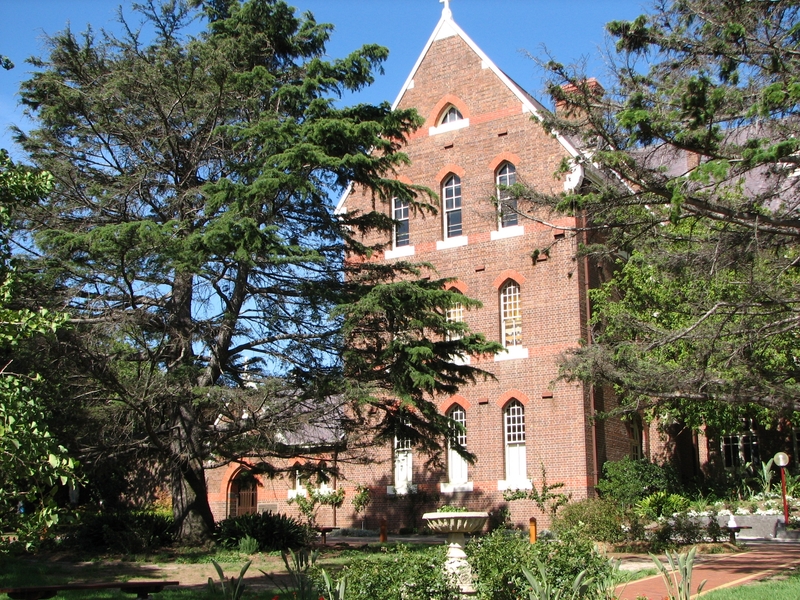
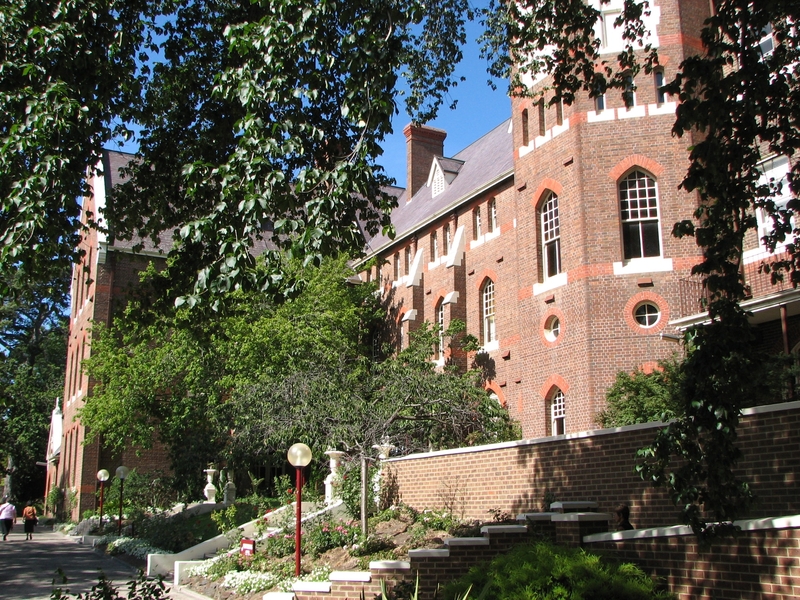

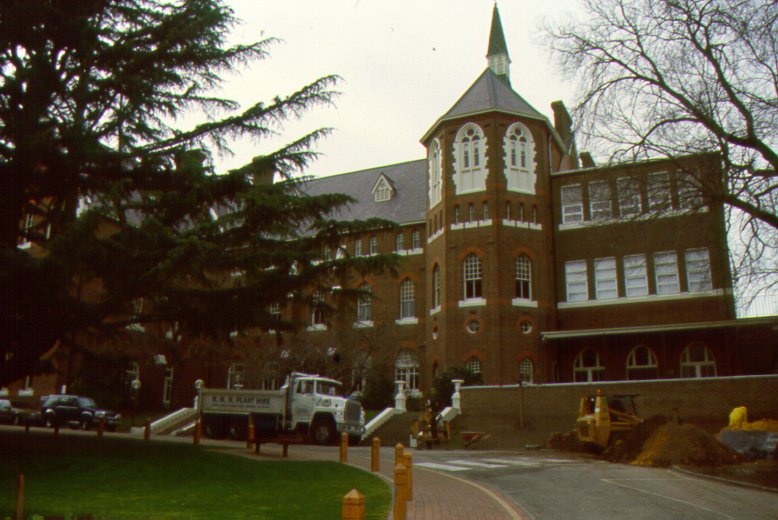

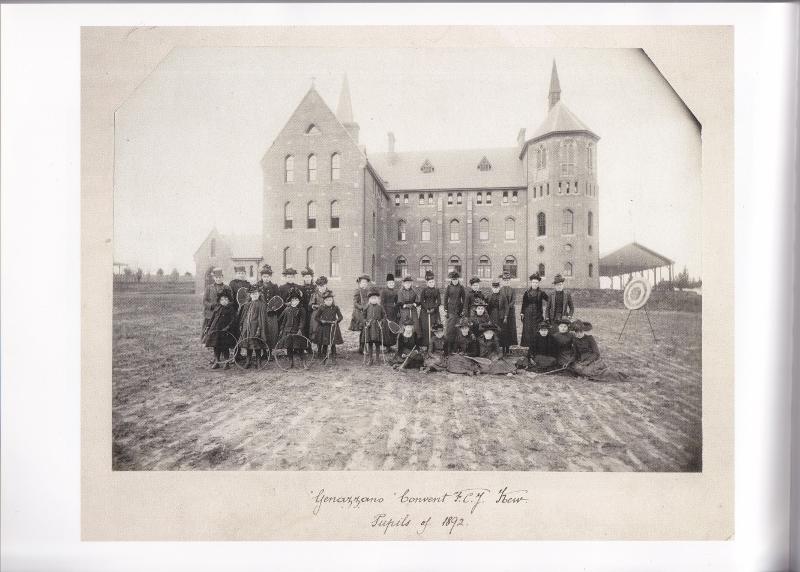
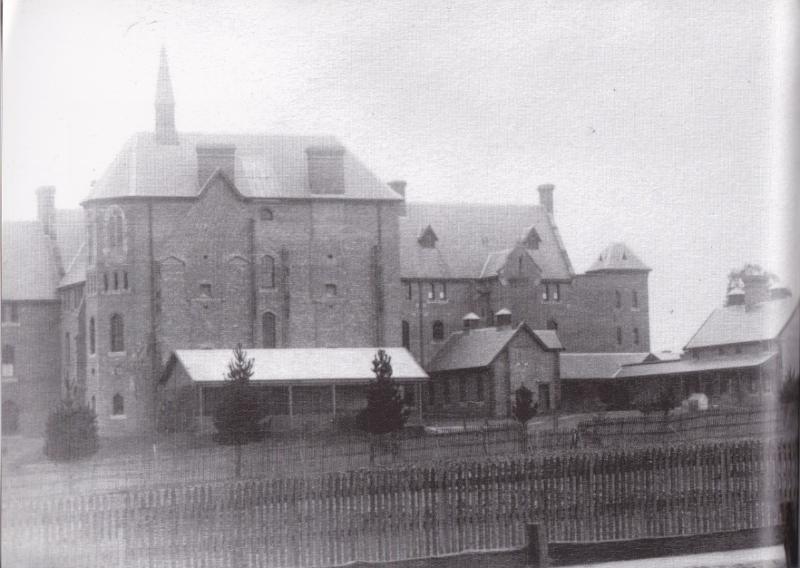
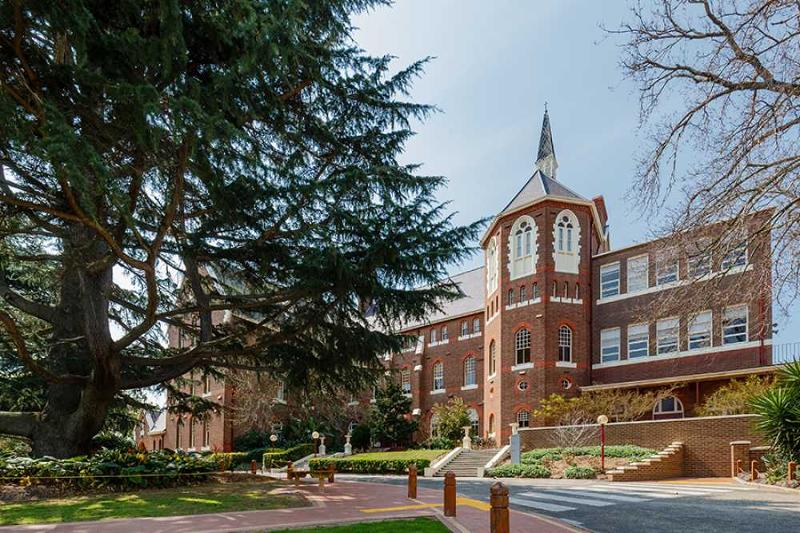
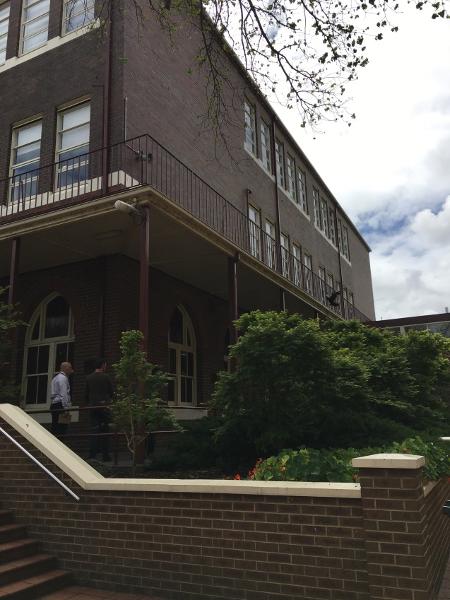
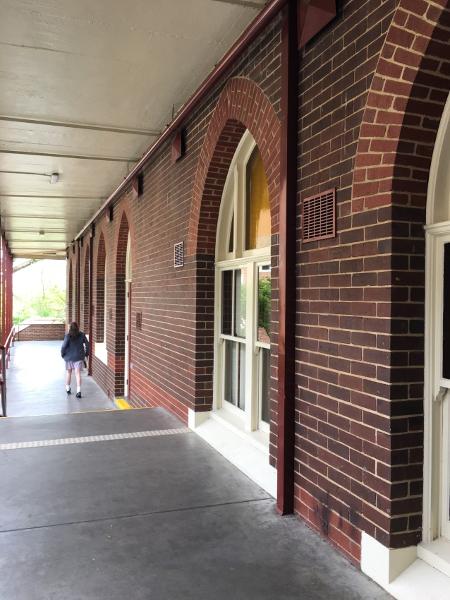
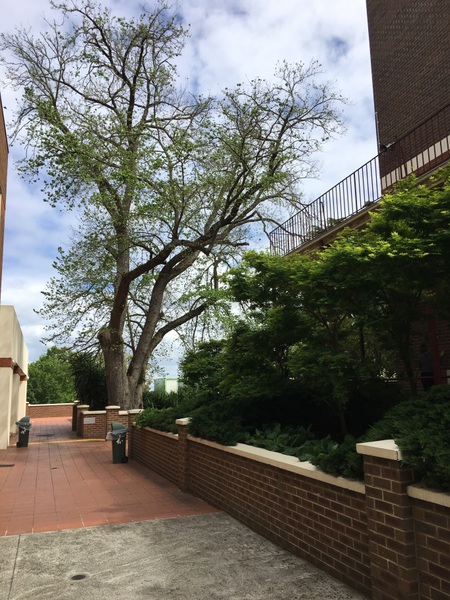
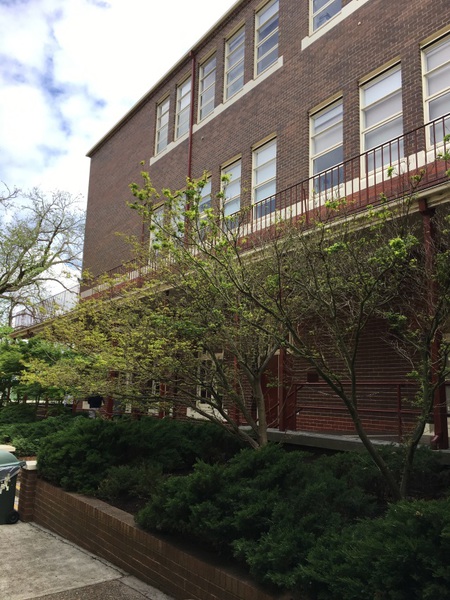
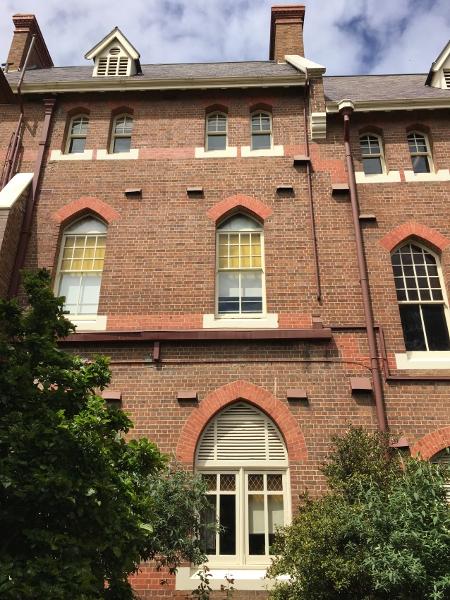
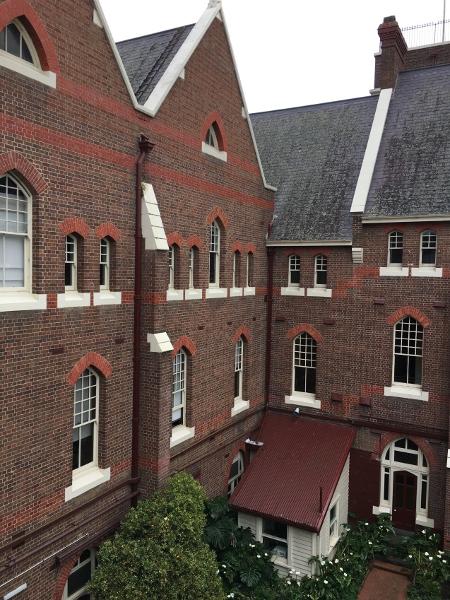
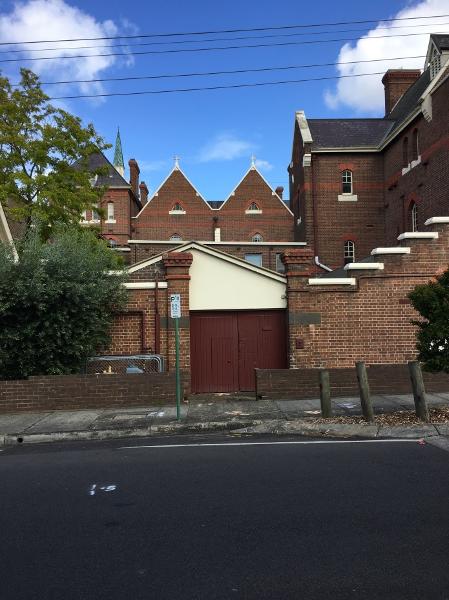
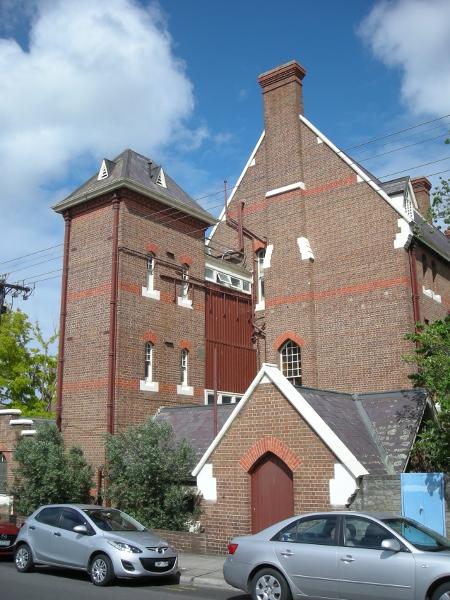

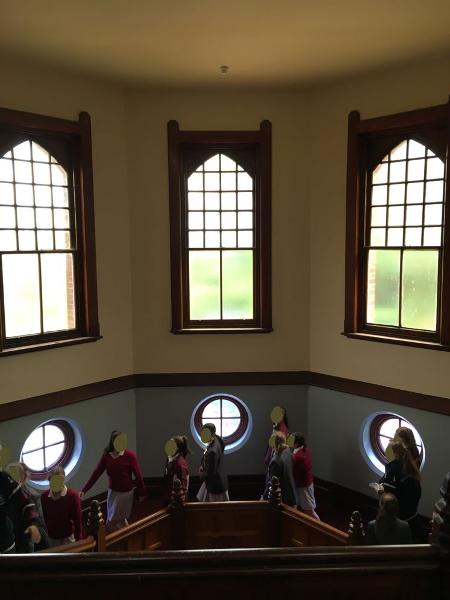
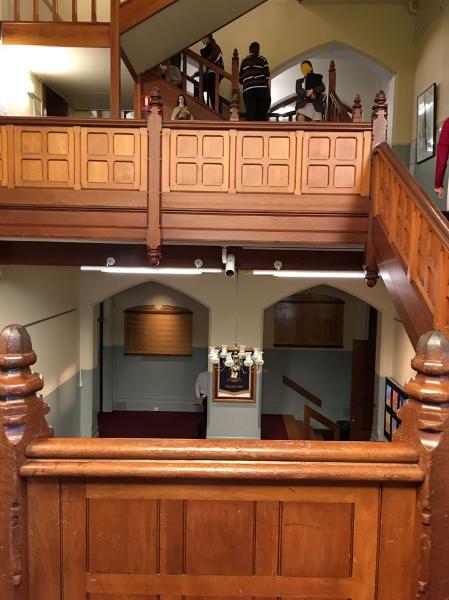
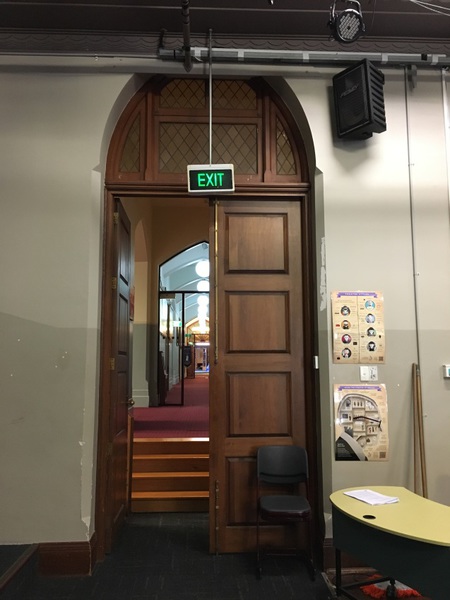

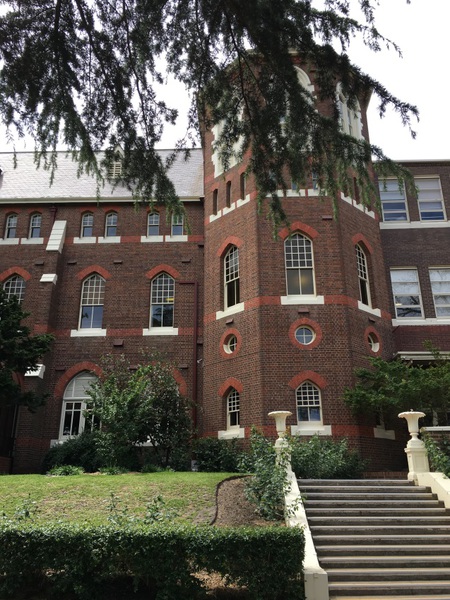
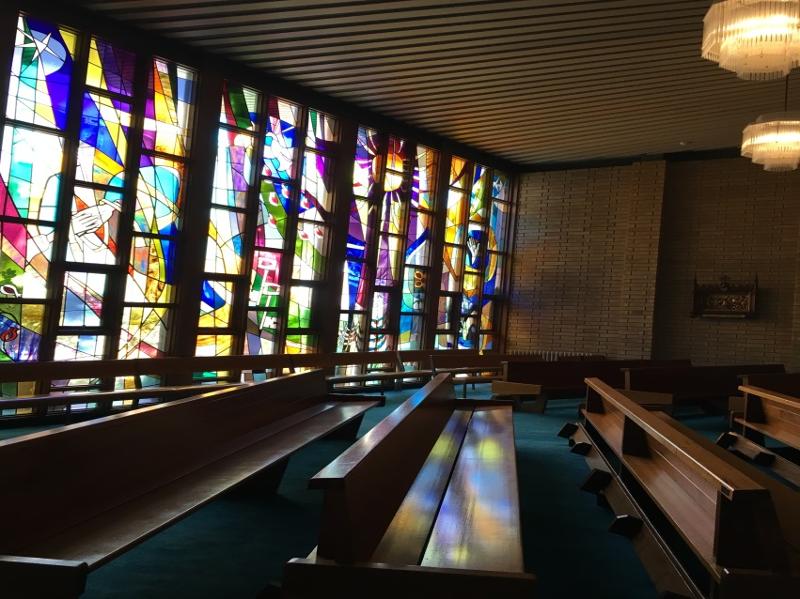

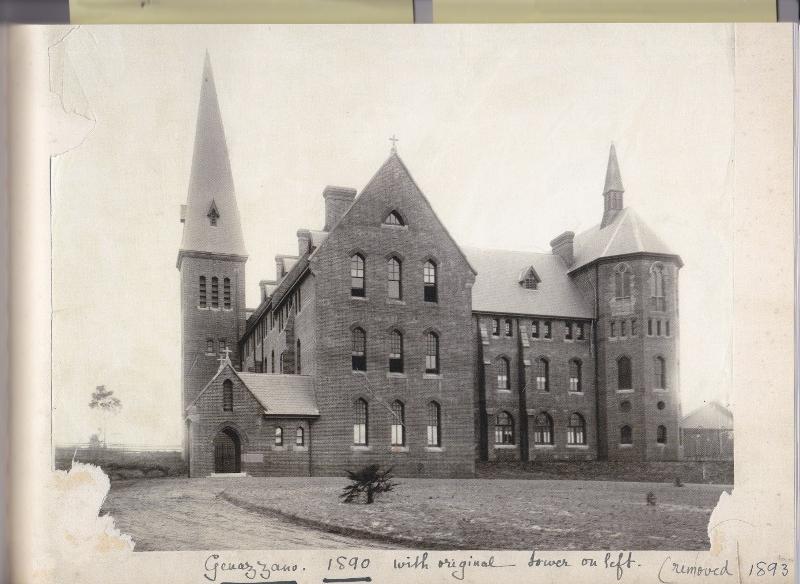
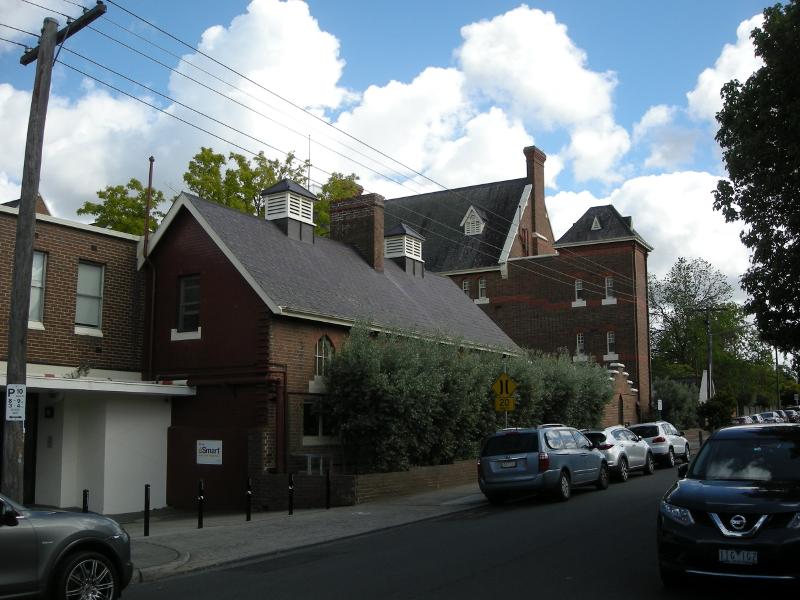
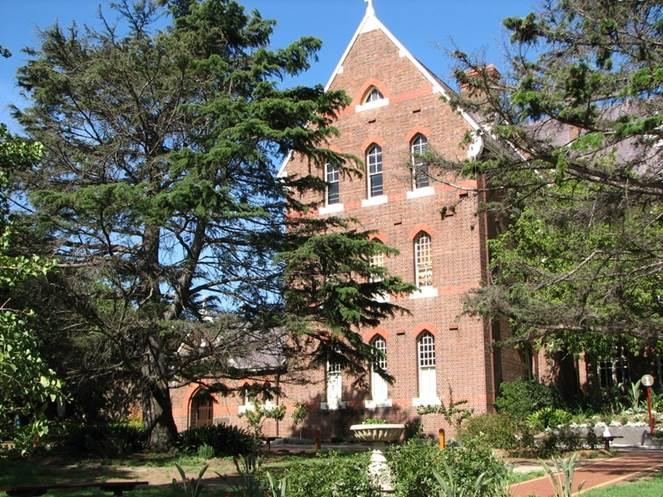

Statement of Significance
WHAT IS SIGNIFICANT?
Genazzano FCJ College, including the:
. 1890-91 Wardell Building (including its exteriors and interiors) which is of primary significance;
. 1930-31 grotto, 1930s steps with stone urns, 1936 Hall with 1961 two-storey addition above, and the 1974 Chapel (including the buildings' exteriors and interiors) which are of contributory significance; and also
. fixtures attached to the buildings of primary and contributory significance at the time of registration including timber stairs and balustrades, cabinets, joinery, and fireplaces, and the Chapel's altar, reredos, pews, built-in furniture, light fittings, and other fixtures.
Other buildings at the College constructed in the 1970s and later are not significant.
HOW IS IT SIGNIFICANT?
Genazzano FCJ College is of architectural and historical significance to the State of Victoria. It satisfies the following criteria for inclusion in the Victorian Heritage Register:
Criterion A
Importance to the course, or pattern, of Victoria's cultural history.
Criterion D
Importance in demonstrating the principal characteristics of a class of cultural places and objects.
Criterion H
Special association with the life or works of a person, or group of persons, of importance in Victoria's history.
WHY IS IT SIGNIFICANT?
Genazzano FCJ College is significant at the State level for the following reasons:
Established in 1889 as an all-girls boarding school and convent by the Faithful Companions of Jesus (FCJ), a Catholic Order of Sisters, Genazzano FCJ College is of historical significance for its association with the development of Victoria's education system, and in particular the development of the Catholic education system. The removal of funding from religious schools in favour of free, secular and compulsory state education under the Education Act 1872 saw the Catholic system expand and become financially independent during the 1870s and 1880s. Overseas religious orders were engaged to fund, establish and staff new schools. Between 1882 and 1897, five parties of FCJ Sisters arrived in Melbourne. Originally a French order with a strong presence in the British Isles, they also established Vaucluse College in Richmond in 1882 (VHR H1927). The main building at Genazzano opened in 1891 and was designed by high-profile Catholic architect William Wardell. [Criterion A]
Genazzano FCJ College is architecturally significant for its 'Wardell Building', originally designed by architect William Wardell to integrate a convent, school, chapel and dormitories. The verticality of this notable building is emphasised by its pointed arched windows, steeply-pitched roofs, and prominent gabled end at the north, and it shows typical Wardellian characteristics such as French Gothic influences, bold massing and fine proportions, all offset by a simplicity of detail. The building's interiors are restrained but feature fine craftsmanship in the architraves, doors, staircases and timber ceilings. Its towering west-facing facade contrasts with the smaller-scale east wing along Mont Victor Road which incorporates a variety of masses, adding to the richness of the College's overall composition. [Criterion D]
Genazzano FCJ College is historically significant for its direct association with William Wardell (1823-1899), an architect who made a strong and influential contribution to the course of Victoria's history. The College's principal building - now known as its 'Wardell Building' - is the only known school building in Victoria to have been designed solely by Wardell, and is an important example of his work that allows its clear association with him to be readily appreciated better than most other places in Victoria. Wardell's other buildings in Victoria include St Patrick's Cathedral (VHR H0008) in East Melbourne, and the St Ignatius Church Complex (VHR H2146) at 326-348 Church Street in Richmond. [Criterion H]
-
-
GENAZZANO FCJ COLLEGE - History
Genazzano FCJ College was founded as a convent and all-girls' boarding school in Kew by the Faithful Companions of Jesus (FCJ), a Catholic Order from which English and Irish Sisters had emigrated to Melbourne in 1882 and 1884 to help meet the growing need for Catholic Education. In the late 1880s a new FCJ convent boarding school - now known as the Genazzano FCJ College's 'Wardell Building' - was designed by architect William Wardell for the order's recently-purchased 15-acre property at Kew. The Wardell Building's foundation stone was laid on 9 March 1890, and the Building was occupied from Easter (at the end of March) in 1891. A chapel and one of the three wings planned in Wardell's original design were never built due to the impact of the 1890s economic depression on the Sisters' finances. A small grotto incorporating statues and rock walls was installed to the north-west of the Wardell Building in 1930-31. In 1936 a one-storey Hall designed by architect Lionel San Miguel (1896-1959) to complement the style of the Wardell Building was constructed alongside its southern end, and in 1961 a two-storey addition containing classrooms and a science block designed by architect Joseph McCarthy was built above this Hall. A chapel also designed by Joseph McCarthy, flat-roofed and Modern in style and featuring extensive stained-glass window walls designed by artist Alan Sumner MBE (1911-1994), was built in 1974 abutting the Wardell Building's north side and occupies the site which Wardell had originally intended for this purpose. New single-storey Convent residences for the Sisters were constructed at the site's northeast corner in the 1980s. Additional buildings, roads, carparking areas and landscaping elements have also been added to the College in several separate stages across its site in Kew since the 1970s.
GENAZZANO FCJ COLLEGE - Assessment Against Criteria
Criterion A
The historical importance, association with or relationship to Victoria's history of the place or object.
Genazzano has historical importance for its long association with the FCJ order who were invited by the Jesuits to establish schools in Australia. Genazzano was the second school established by the order in Australia after Vaucluse FCJ College. The Catholic Church was profoundly affected by the 1872 Victorian Education Act which made education secular, compulsory and free, and led to the withdrawal of state aid to religious schools. In order for the Church to run its own schools, it had to look overseas for help and invite religious teaching orders such as the FCJ order to set up schools in Australia.
Criterion B
The importance of a place or object in demonstrating rarity or uniqueness.Criterion C
The place or object's potential to educate, illustrate or provide further scientific investigation in relation to Victoria's cultural heritage.Criterion D
The importance of a place or object in exhibiting the principal characteristics or the representative nature of a place or object as part of a class or type of places or objects.Criterion E
The importance of the place or object in exhibiting good design or aesthetic characteristics and/or in exhibiting a richness, diversity or unusual integration of features.
The Wardell building is an important example of the work of eminent architect William Wardell. Although Wardell was believed to be involved in designing the 1863 school wing of the Convent of Mercy, Fitzroy and, together with Leonard Terry, designed the former Christian Brothers College, East Melbourne, Genazzano is the only known school building designed solely by Wardell. The building shows typical Wardellian characteristics such as French Gothic influences, bold massing and fine proportions.Criterion F
The importance of the place or object in demonstrating or being associated with scientific or technical innovations or achievements.Criterion G
The importance of the place or object in demonstrating social or cultural associations.Criterion H
Any other matter which the Council considers relevant to the determination of cultural heritage significanceGENAZZANO FCJ COLLEGE - Permit Exemptions
General Exemptions:General exemptions apply to all places and objects included in the Victorian Heritage Register (VHR). General exemptions have been designed to allow everyday activities, maintenance and changes to your property, which don’t harm its cultural heritage significance, to proceed without the need to obtain approvals under the Heritage Act 2017.Places of worship: In some circumstances, you can alter a place of worship to accommodate religious practices without a permit, but you must notify the Executive Director of Heritage Victoria before you start the works or activities at least 20 business days before the works or activities are to commence.Subdivision/consolidation: Permit exemptions exist for some subdivisions and consolidations. If the subdivision or consolidation is in accordance with a planning permit granted under Part 4 of the Planning and Environment Act 1987 and the application for the planning permit was referred to the Executive Director of Heritage Victoria as a determining referral authority, a permit is not required.Specific exemptions may also apply to your registered place or object. If applicable, these are listed below. Specific exemptions are tailored to the conservation and management needs of an individual registered place or object and set out works and activities that are exempt from the requirements of a permit. Specific exemptions prevail if they conflict with general exemptions. Find out more about heritage permit exemptions here.Specific Exemptions:Specific Permit ExemptionsLandscape Exemptions:. Repairs and maintenance to hard landscape elements including roads, steps, paths, and gutters.. The process of gardening, including mowing, hedge clipping, bedding displays, disease and weed control, and maintenance to care for existing plants.. The removal or pruning of dead or dangerous trees to maintain safety.
. Subsurface works involving the installation, removal or replacement of watering and drainage systems or services in accordance with AS4970.. Works associated with the management of possums and vermin.
. Maintenance and repair of existing paving and other hard landscaping elements, like for like.Maintenance and signage. General maintenance including the removal of broken glass, the temporary shuttering of windows and covering of holes as long as this work is reversible and does not have a detrimental impact on cultural heritage significance.. Maintenance, replacement and installation of electrical and fire services where this does not impact on the heritage fabric.. Erecting, repairing and maintaining signage (directional signage, road signs, speed signs). Signage must be located and be of a suitable size so as not to obscure or damage heritage fabric, and must be able to be later removed without causing damage to the place. The development of signage must be consistent in the use of format, text, logos, themes and other display materials.Public Safety and Security. Public safety and security activities provided the works do not adversely affect heritage fabric.. The erection of temporary security fencing, scaffolding, hoardings or surveillance systems to prevent unauthorised access or secure public safety which will not adversely affect heritage fabric.. Emergency stabilisation necessary to secure safety where a site feature has been irreparably damaged or destabilised and represents a safety risk to its users or the public. All works, including urgent or emergency site works are to be undertaken by an appropriately qualified specialist such as a structural engineer, or other heritage professional.Specific Exemptions:Fabric of Primary and Contributory Significance: (the 1890-91 Wardell Building; 1930-31 grotto; 1930s stone steps and urns; 1936 Hall, with 1961 upper two-storey addition; and 1974 Chapel building)ExteriorsWorks that include the alteration or removal of nineteenth/early-twentieth century building fabric or equipment require a permit. The following works do not require a permit provided that they are carried out in a manner which does not not have a detrimental effect on the heritage fabric of the place.. Minor patching, repairs and maintenance which replace like with like.
. Repair or removal of non-original items such as air conditioners, pipe work, ducting, wiring, antennae and aerials, hot water services, taps and the like.. Removal of extraneous items such as air conditioners, pipe work, ducting, wiring, antennae and aerials.. Installation or repair of damp-proofing by either injection method or grouted pocket method.. Painting of previously painted surfaces in the same colour scheme provided that preparation or painting does not remove evidence of the original paint or decorative schemes or signage.InteriorsWorks that include the alteration or removal of nineteenth/early-twentieth century building fabric or equipment require a permit. The following works do not require a permit provided that they are carried out in a manner which does not have a detrimental effect on the heritage fabric of the place.. Painting of previously painted walls and ceilings provided that preparation or painting does not remove evidence of the original paint or decorative schemes or signage.. Removal of paint from originally unpainted or oiled surfaces including joinery, doors, architraves and skirtings by non-abrasive methods.. Installation, removal or replacement of carpets and/or flexible floor coverings, window dressings, and devices for the hanging of mirrors and wall mounted artworks.. Refurbishment of bathrooms, toilets and kitchens including removal, installation or replacement of sanitary fixtures and associated piping, mirrors, wall and floor coverings, kitchen benches and fixtures including sinks, stoves, ovens, refrigerators, dishwashers and associated plumbing and wiring, provided that the work is done in a manner not detrimental to the cultural heritage significance of the place.. Installation, removal or replacement of ducted, hydronic or concealed radiant type heating provided that the installation does not damage existing skirtings and architraves, and provided that the central plant is concealed, and that the work is done in a manner not detrimental to the cultural heritage significance of the place.. Installation of plant within the roof space, providing that it does not impact on the external appearance of the building or involve structural changes.. Replacement of lift cars, mechanisms, motor and any associated elements which are not integral to the building.. Installation, removal or replacement of electrical wiring provided that all new wiring is fully concealed and any original light switches, pull cords, push buttons or power outlets are retained in-situ.. Installation, removal or replacement of bulk insulation in the roof space.
. Installation, removal or replacement of smoke detectors.
. Installation of stud walls (providing they are removable) other than in Our Lady's Hall, the Study Hall, the All-Purpose Room and the second floor Audio-Visual Room.. Installation of new built-in cupboards.
. Removal or installation of compactus shelving if no structural work is required.All other buildings and features (Fabric of No Significance)Exteriors. Repairs and maintenance which replace like with like.
. Demolition and removal of buildings and elements, subject to a permit being issued for the management of fabric of primary and contributory significance where it intersects with that of later additions.. Alteration of buildings, within the existing footprints and envelopes of those buildings.. Removal of extraneous items such as air conditioners, pipe work, ducting, wiring, antennae and aerials.. Installation or repair of damp-proofing by either injection method or grouted pocket method.. Painting of previously painted surfaces.
Interiors. All works.GENAZZANO FCJ COLLEGE - Permit Exemption Policy
It should be noted that Permit Exemptions can be granted at the time of registration (under s.49(3) of the Heritage Act 2017). Permit Exemptions can also be applied for and granted after registration (under s.92 of the Heritage Act 2017).
General Condition 1All exempted alterations are to be planned and carried out in a manner which prevents damage to the fabric of the registered place or object.
General Condition 2Should it become apparent during further inspection or the carrying out of works that original or previously hidden or inaccessible details of the place or object are revealed which relate to the significance of the place or object, then the exemption covering such works shall cease and Heritage Victoria shall be notified as soon as possible.
General Condition 3All works should ideally be informed by Conservation Management Plans prepared for the place. The Executive Director is not bound by any Conservation Management Plan, and permits still must be obtained for works suggested in any Conservation Management Plan.
General Condition 4Nothing in this determination prevents the Heritage Council from amending or rescinding all or any of the permit exemptions.
General Condition 5Nothing in this determination exempts owners or their agents from the responsibility to seek relevant planning or building permits from the relevant responsible authority, where applicable.
-
-
-
-
-
ROSS HOUSE (KEW)
 Victorian Heritage Register H0202
Victorian Heritage Register H0202 -
PRESHIL JUNIOR SCHOOL
 Victorian Heritage Register H0072
Victorian Heritage Register H0072 -
TRAM VERANDAH SHELTER
 Victorian Heritage Register H0173
Victorian Heritage Register H0173
-
"1890"
 Yarra City
Yarra City -
'BRAESIDE'
 Boroondara City
Boroondara City -
'ELAINE'
 Boroondara City
Boroondara City
-
-






